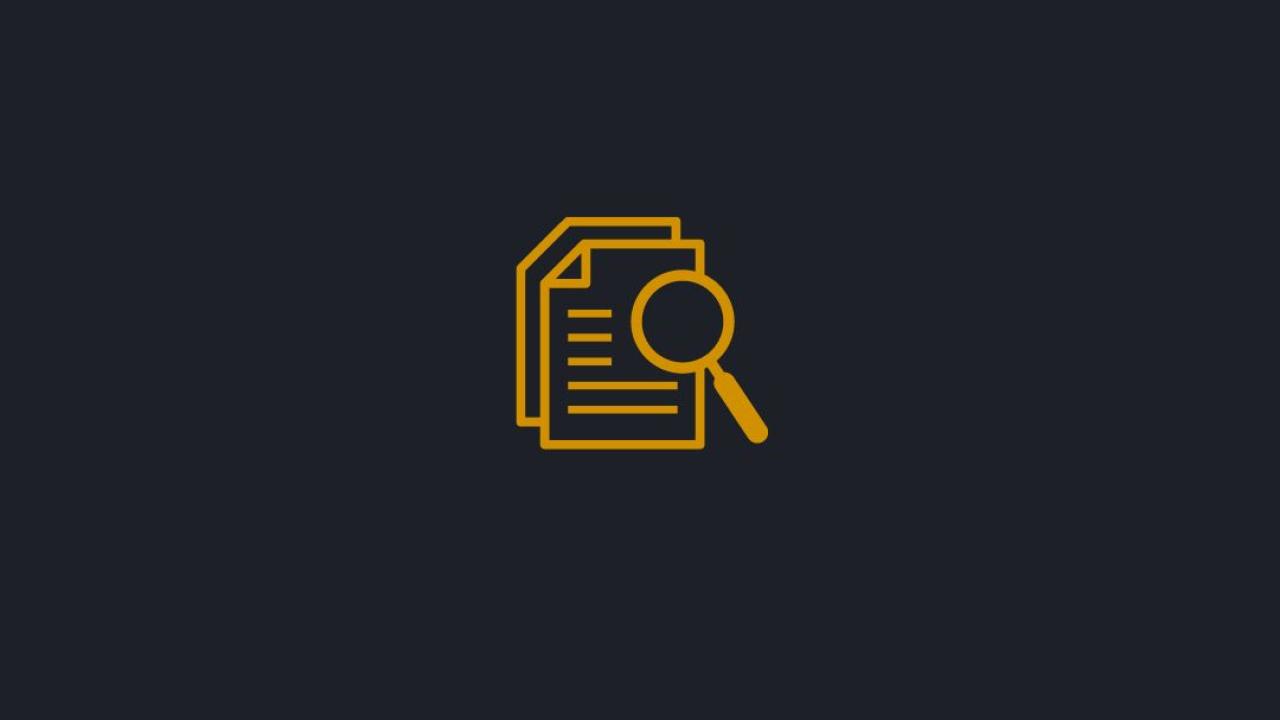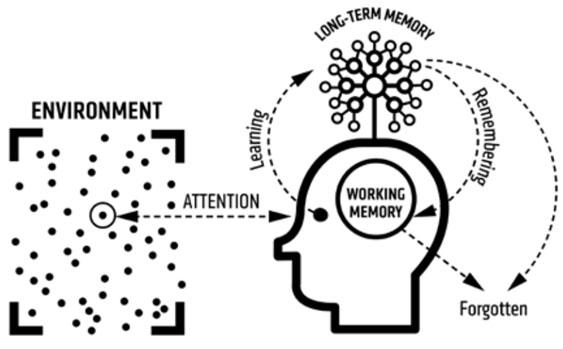18 May 2024
Teacher Feature - Maximising student learning through classroom design

Many teachers set up their classrooms ahead of students returning to school. Whether this is during the summer or mid-term break, classroom design is integral to student engagement. When I was a classroom teacher, the end of my summer holidays was punctuated by the sound of the Australian Open in the background, AC on, while laminating and preparing colourful displays for my new classroom.
I spent many hours setting up tables, reading corners, classroom libraries, book nooks and word walls. Like many teachers, I took pride in the learning environment I created for my students. I spent thousands of dollars over many years to make my space as bright and beautiful as possible.
Once, on a school tour during an election year, Tanya Plibersek (the then Federal Education Minister) stopped in her tracks in my classroom and said, “What a beautiful classroom!” Although proud of this accolade, it turned out that Tanya and I were both lacking understanding of something I finally learned in my 10th year of teaching: cognitive overload and its implications for classroom set up and design.
As Sweller (2011) notes, cognitive load theory explains how the brain processes new information, why information is remembered and forgotten, and the relationship between our limited working memories and our long-term memories.
According to Lovell (2020), there are 4 components to cognitive load theory, listed below.
- Intrinsic load: the learning that takes place in the moment.
- Extraneous load: the learning environment and the way information is delivered.
- Working memory: where new information goes (working memory is finite and can only hold 4 –7 new pieces of information at a time)
- Long-term memory: where information that has been learned goes (long-term memory is infinite).
Dylan Wiliam, a prominent British professor of education, has said that cognitive load theory is ‘the single most important thing for teachers to know’.
To maximise learning, teachers need to optimise the intrinsic load and reduce the extraneous load, so information can reach a student’s working memory on its way to long-term memory.
Another important aspect to understand, for optimal classroom design, is the information processing model.

Source: Lovell (2020)
As the model shows, learners can only learn when they are paying attention. The challenge is that all around them are competing environmental factors. This is especially true of the classroom. In a noisy, display-ridden classroom, gaining and keeping student attention is no mean feat. Simply paying attention can be one of the hardest challenges for students. This means teachers need to reduce distracting elements of the environment, so students have fewer competing factors when trying to pay attention.
To do this, teachers need to:
- anchor the important things at the front of the room
- place student work at the back of the room so it can be celebrated without being distracting
- reduce displays and avoid hanging things from the ceiling/above the whiteboard.
Classroom seating is another important factor in facilitating student attention. Seating arrangements should be chosen to foster a quieter working environment and create easy lines of sight to the teacher.
Using an assigned seating plan can help reduce student anxiety about finding a partner if needed, and reduce the time a teacher spends on intervention to get students seated, settled and working.
Through understanding the basics of human cognitive architecture and its implications for classroom design, teachers can create learning environments that are safe, predictable and conducive to learning for all students.
Leah Myers is a leading teacher and instructional coach with the Victorian Department of Education.
References
Lovell, O. (2020). Cognitive Load Theory in Action. John Catt.
Sweller, J. (2011) Cognitive load theory. In Psychology of learning and motivation. Vol. 55 (https://doi.org/10.1016/B978-0-12-387691-1.00002-8)
Wiliam, D. (2017). I’ve come to the conclusion that Sweller’s Cognitive Load Theory is the single most important thing for teachers to know (Twitter) 27 January. Available at: http://twitter.com/dylanwiliam/status/824682504602943489?lang=en



